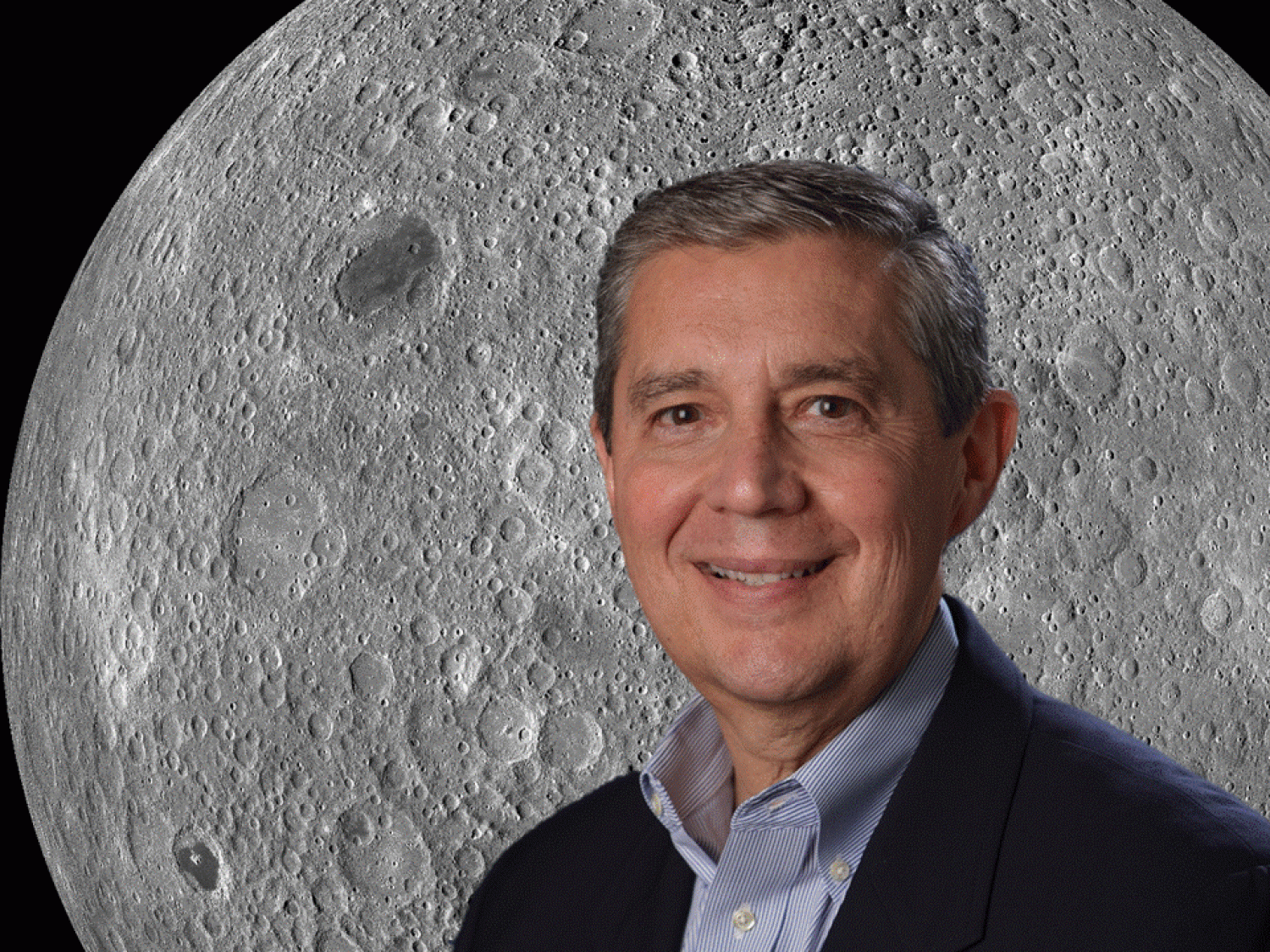Jack Burns

My primary research involves Astrophysics & Cosmology from the Moon, consisting of the design & flight of low frequency radio telescopes to the lunar surface. I am the Co-I of four manifested payloads on NASA landers depositing radio telescopes on the Moon in 2023, 2024, 2025, and 2026. I am also the P.I. of the FARSIDE lunar array project, identified as a possible Probe mission by the Astro2020 Decadal Survey. I lead a multi-institution team called the Network for Exploration & Space Science with a $5 million NASA SSERVI grant. My other research involves observations and numerical simulations of galaxy clusters. Our observational research makes use of the NASA Chandra X-ray observatory, and the JLVA and GMRT radio telescopes.
Recent publications:
Hibbard JJ, Mirocha J, Rapetti D, Bassett N, Burns JO, Tauscher K., 2022, "Constraining Warm Dark Matter and Population III Stars with the Global 21 cm Signal." Astrophysical Journal. 929 (2) (April 01, 2022): ARTN 151, doi:10.3847/1538-4357/ac5ea3.
Alden BC, Burns JO., 2022, "Witnessing a Galaxy Cluster Merger with JWST and a Chandra X-Ray Temperature Map." Research Notes of the AAS. 6 (11) (November 25, 2022): 247-247, doi:10.3847/2515-5172/aca53b.
Burns, JO, MacDowall, R, Bale, S, Hallinan, G, Bassett, N, Hegedus, 2021, “Low Radio Frequency Observations from the Moon Enabled by NASA Landed Payload Missions”, The Planetary Science Journal, Vol. 2, id. 44, doi:
10.3847/PSJ/abdfc3.


